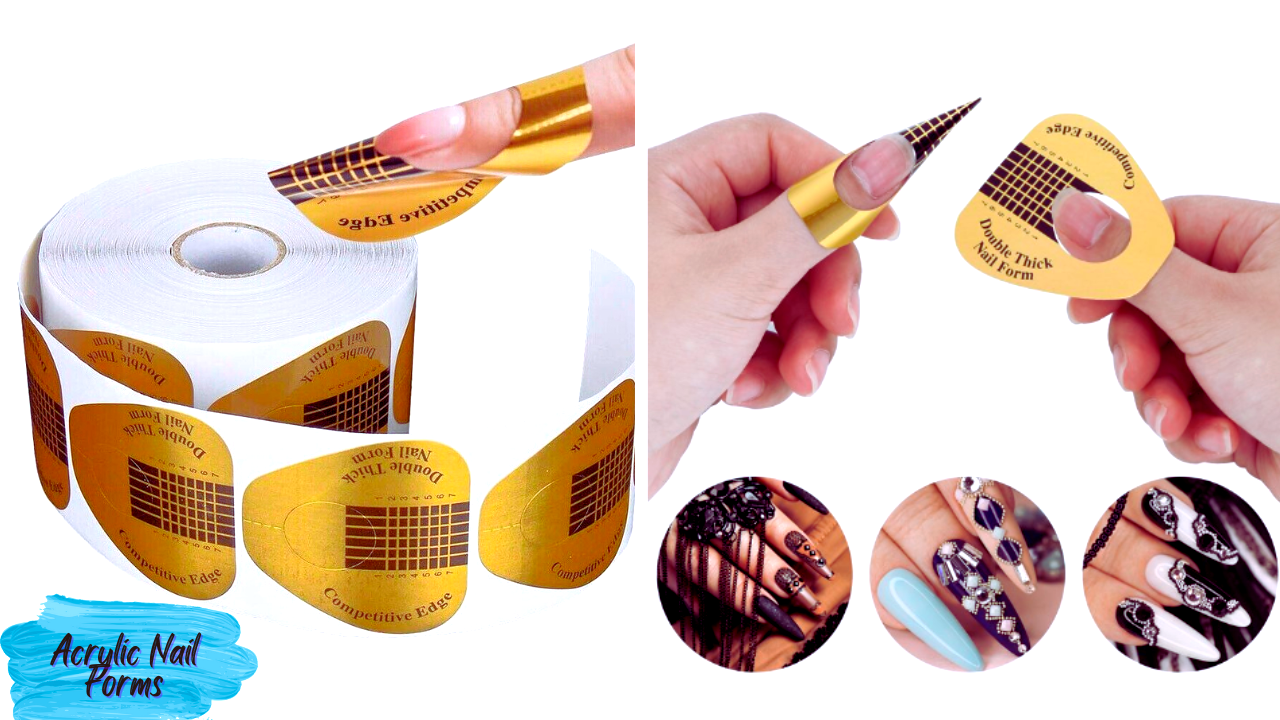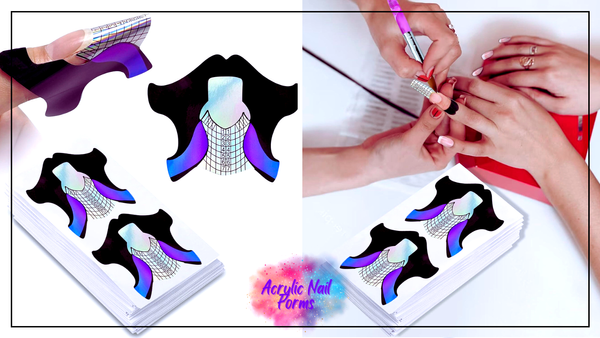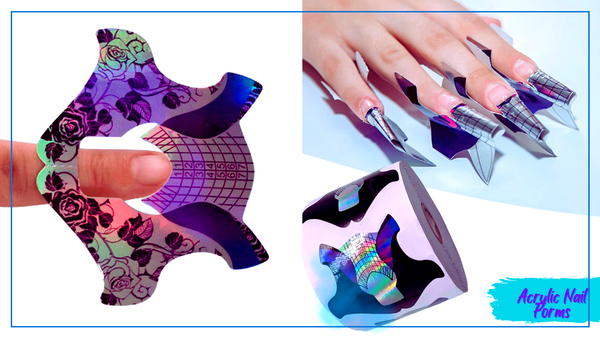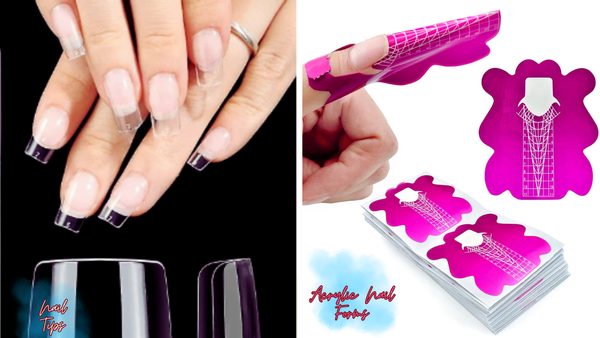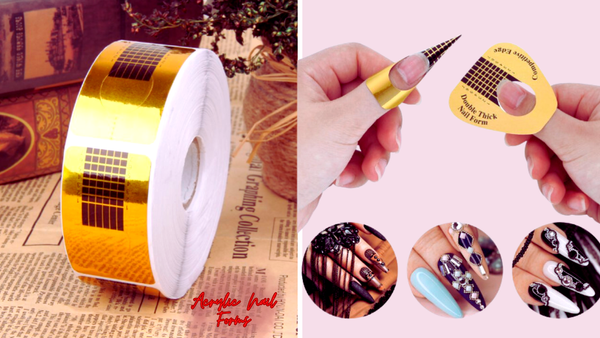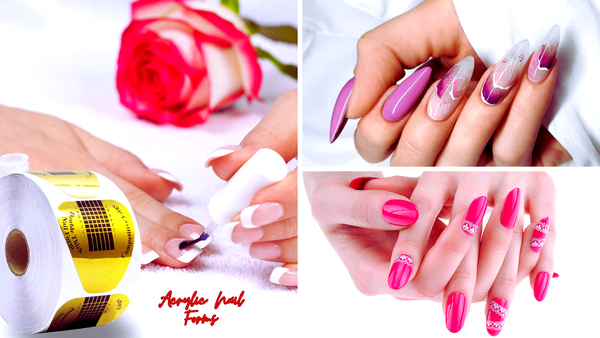Key Takeaways:
- Nail forms, used for acrylics and gel extensions, can last from two weeks to several months, depending on various factors.
- Proper care, including regular maintenance and avoiding harsh chemicals, can extend the lifespan of nail forms.
- Professional application and aftercare are crucial for ensuring nail forms adhere correctly and maintain their integrity over time.
Nail forms have revolutionized the beauty industry, allowing nail artists to create stunning nail extensions that complement the natural beauty of the hands. Whether you're a seasoned nail technician or a beauty enthusiast, understanding the longevity of nail forms is essential for maintaining a flawless manicure. This article will delve into the factors influencing how long nail forms last and provide practical tips for extending their lifespan.
Understanding Nail Forms and Their Purpose
Nail forms are the foundation for creating nail extensions. They are designed to fit snugly under the natural nail tip or on the nail bed, providing a sturdy base for building artificial nails. Nail forms come in various shapes and sizes to accommodate different nail types and desired looks. They are commonly used for acrylic nails, gel nails, and other nail enhancements.
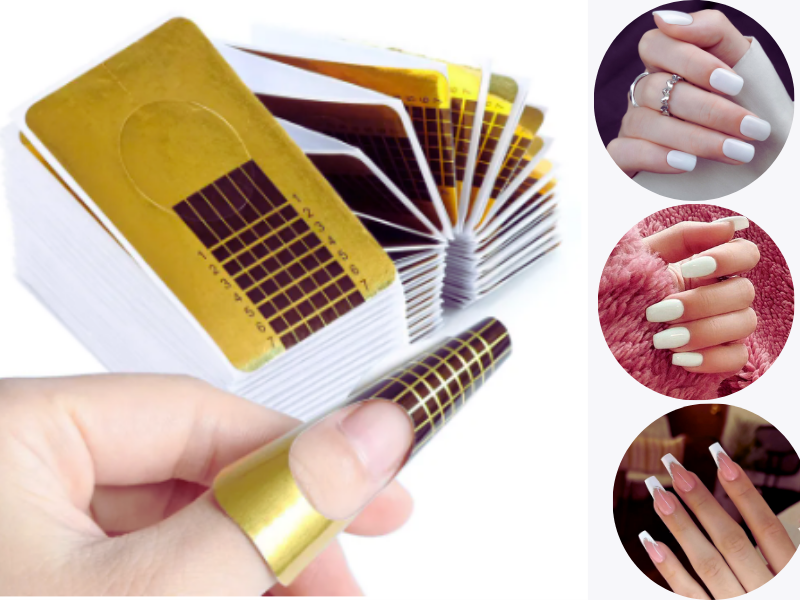
The Lifespan of Acrylic Nail Forms
Acrylic nails offer a durable and long-lasting option for those seeking nail extensions. When applied correctly by a professional nail technician, acrylic nail forms can last from two weeks to several months. The quality of the application influences the longevity of acrylic nails, the natural nail growth rate, and how well the nails are cared for post-application.
Factors Affecting the Durability of Nail Forms
Several factors can affect how long nail forms last. These include the natural oils of the nail bed, the level of everyday wear and tear, and exposure to harsh chemicals. Regularly applying cuticle oil can help maintain the health of the nails and cuticles, while wearing gloves during household chores can protect the nail forms from damage.
The Role of Proper Care in Extending Nail Form Life
Proper care is crucial for extending the lifespan of nail forms. This includes regular maintenance, such as fill-ins and touch-ups, to address any lifting or gaps as the natural nails grow. Additionally, avoiding activities that can cause excessive stress on the nails, such as picking or biting, can prevent premature breakage or separation.
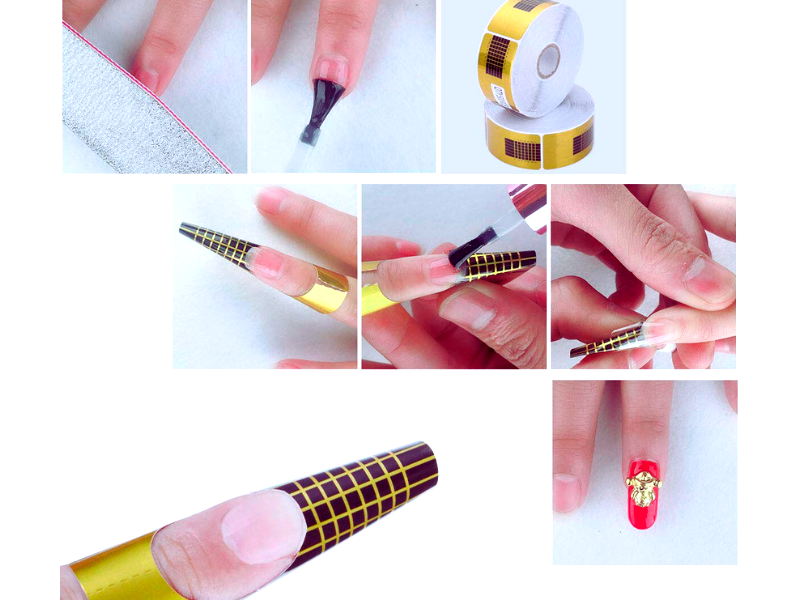
Gel Nails vs. Acrylics: A Comparison of Longevity
Gel nails and acrylic nails are two popular options for nail extensions, each with its benefits. Gel nails are known for their glossy finish and flexibility, while acrylics are prized for their strength and durability. The longevity of gel extensions can vary significantly, but with proper application and care, they can last as long as acrylics.
The Science Behind Acrylic Nail Adhesion
Acrylic nails owe their durability to the science of adhesion. When a nail technician applies acrylic, they create a bond between the natural nail bed and the artificial nail tip. This bond is achieved through the careful preparation of the natural nail, ensuring it's free from oils and moisture, and then applying a liquid monomer that interacts with a powder polymer. This chemical reaction forms a hard, plastic-like layer that adheres to the natural nail. But it's not just about sticking the acrylic nail on; the strength of the adhesive bond also depends on the pH balance of the natural nail and the absence of air bubbles during application. Regularly applying cuticle oil can help maintain the balance, keeping both the natural nails and the acrylics healthy.
The longevity of this adhesive bond can vary significantly based on several factors. For instance, the natural oils your skin produces can weaken the bond over time, leading to lifting or separation. Professional application is crucial because nail techs understand how to minimize the impact of these oils. Additionally, everyday wear and tear from activities like typing or household chores can stress the bond. Wearing gloves during activities that are hard on your hands can help protect your acrylic nails from premature damage. Remember, the better the bond, the longer your acrylic nails will last.
Customizing Acrylic Nails for Lifestyle and Personal Care
Acrylic nails offer a versatility that's hard to beat. Whether you're looking for length, a particular shape, or a canvas for intricate nail art, acrylics can be tailored to your style. But customization doesn't stop at aesthetics. Your lifestyle plays a pivotal role in how long your acrylic nails last. For instance, if you perform a lot of manual labor or household chores, opting for shorter nails with a rounded tip can reduce the likelihood of breakage and extend the life of your nail extensions.
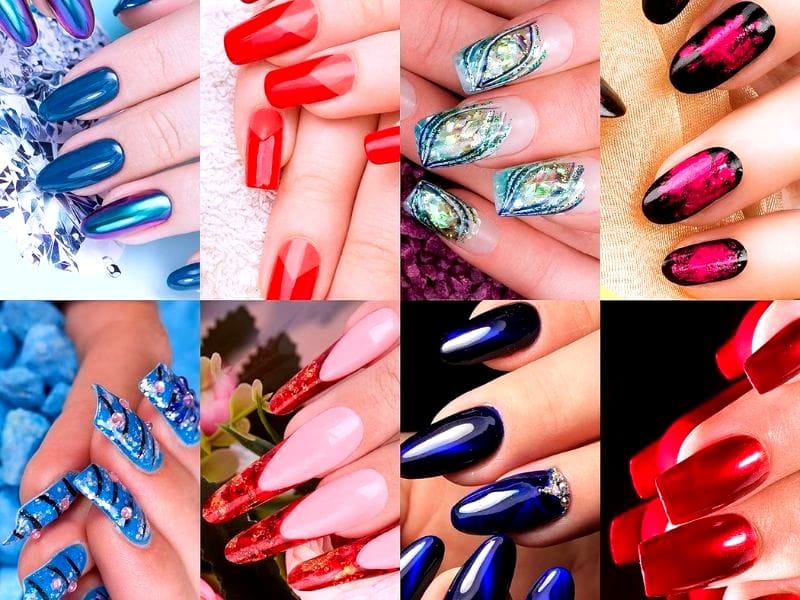
Personal care is just as important as lifestyle when maintaining your acrylic nails. Regular maintenance, including touch-ups and fill-ins, is essential to prevent lifting and to keep your nails looking fresh. Acrylic nails should be filled every two weeks to account for natural nail growth and to maintain the integrity of the nail extensions. Additionally, avoiding harsh chemicals and prolonged exposure to water can prevent the weakening of the acrylic. Nail techs often recommend applying acrylic nails with a gel polish topcoat for added protection and shine, ensuring your manicure stays flawless for as long as possible. Remember, how you treat your nails after leaving the salon can make a huge difference in how long your acrylic manicure lasts.
The Importance of Professional Application
Professional application is key to ensuring that nail forms are applied properly and have the best chance of lasting. Nail techs are trained to prepare the natural nail bed, apply the nail forms, and build the nail extensions with precision. This expertise helps create a strong adhesive bond that can withstand regular wear.
Maintenance Tips for Nail Forms
To keep nail forms looking their best, regular maintenance is essential. This includes scheduling appointments for fill-ins every two to three weeks, depending on the growth of the natural nails. Nail techs can also provide advice on the best products to use for at-home care, such as cuticle oil and gentle nail cleansers.
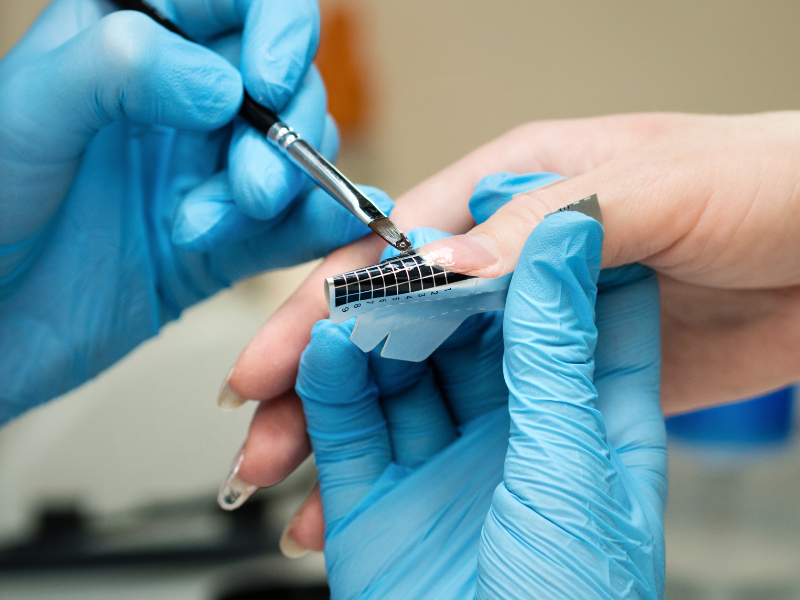
The Removal Process: Ensuring Nail Health
When it's time to remove nail forms, it's important to follow a proper removal process to avoid damage to the natural nails. This typically involves soaking the nails to dissolve the adhesive bond, followed by gentle filing and buffing. A professional nail technician can ensure the removal process is done safely and effectively.
How to Avoid Common Pitfalls with Nail Forms
Common pitfalls that can shorten the lifespan of nail forms include improper application, prolonged exposure to water, and using the nails as tools. To avoid these issues, ensure that the nail forms are applied correctly, minimize soaking the hands in water, and use appropriate tools for tasks that may stress the nails.
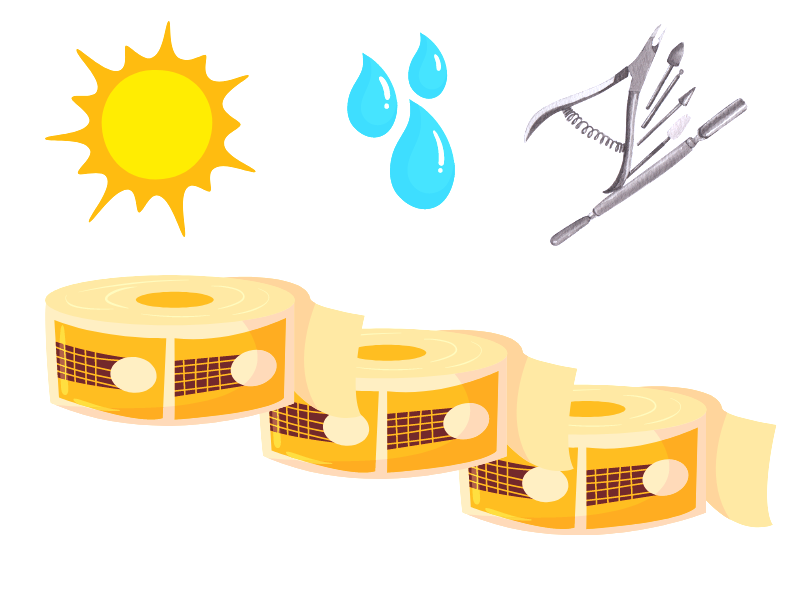
The Impact of Lifestyle on Nail Form Longevity
Lifestyle choices can also impact how long nail forms last. For individuals who engage in activities that are rough on the hands, such as sports or manual labor, nail forms may not last as long. Choosing a nail length and shape that is compatible with your lifestyle can help maximize the longevity of your nail extensions.
Summary
Nail forms are a versatile and popular choice for those looking to enhance the appearance of their natural nails. The lifespan of nail forms can range from two weeks to several months, influenced by professional application, proper care, and lifestyle. By following maintenance tips and avoiding common pitfalls, you can enjoy beautiful, long-lasting nail extensions.
FAQ Section
How often should I get fill-ins for my acrylic nails?
Typically, you should schedule fill-ins every two to three weeks to maintain the appearance and integrity of your acrylic nails. This timeframe can vary based on individual nail growth and lifestyle.
Can I extend the life of my nail forms by applying cuticle oil?
Yes, regularly applying cuticle oil can help keep your nails and surrounding skin healthy, which can contribute to their longevity. It helps maintain moisture and prevent lifting.
What should I do if my nail forms lift or break?
If you notice any lifting or breaking, you must visit your nail technician for a repair. Attempting to fix the issue yourself can lead to further damage or infection.
